Claire McCardell, The Designer Who Created the American Look
Claire McCardell, regarded as the "mother of American sportswear," made a significant impact on women's fashion in the mid-20th century.
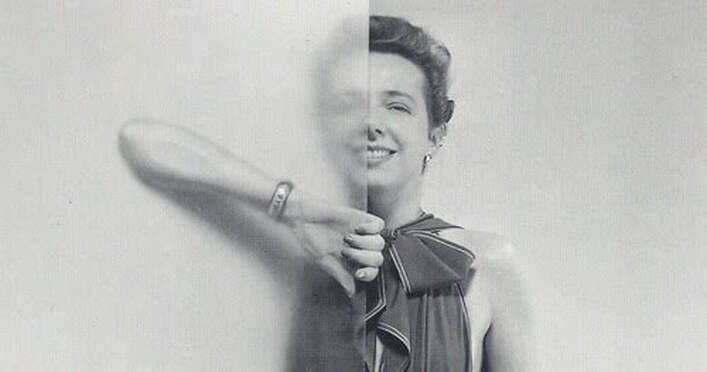
In the pantheon of great fashion designers, names like Coco Chanel and Christian Dior are often evoked as the visionaries who changed the way we dress. But when we turn our gaze to American fashion, it’s easy to overlook a designer whose contributions were nothing short of revolutionary. Claire McCardell fundamentally redefined women’s clothing in the mid-20th century. Though her name may not be as familiar as her European counterparts, McCardell’s groundbreaking designs paved the way for modern, ready-to-wear fashion and continue to influence what we wear today.
Claire McCardell was born in Frederick, Maryland, on 24 May 1905 to a conservative, middle-class family. While her upbringing did not offer a direct path to the world of high fashion, her love of clothing and design emerged early. As a child, McCardell spent hours creating clothes for her dolls, a passion that would later evolve into a lifelong career. At a time when women were expected to fit into pre-defined societal roles, McCardell showed an early rebellious spirit by pushing against traditional boundaries, a characteristic that would later define her work as a designer.
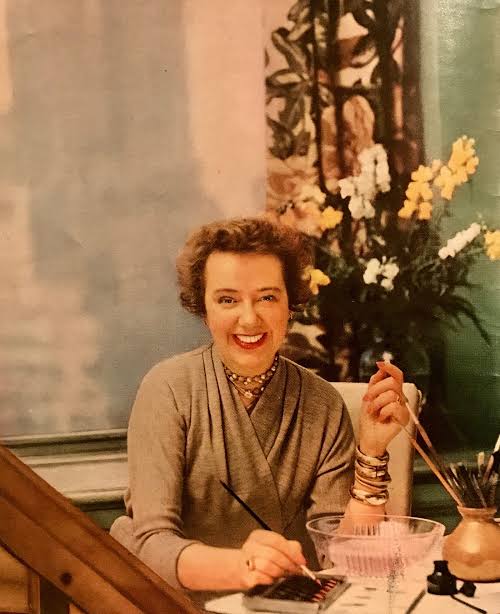
In the early 1920s, McCardell enrolled at the Parsons School of Design in New York City, an institution that would later become synonymous with innovation in fashion. While her formal training began in New York, her real epiphany came during a period of study in Paris, where she had the opportunity to observe the luxurious but rigid world of haute couture. McCardell admired the craftsmanship of designers like Madeleine Vionnet, but she also became acutely aware that Parisian fashion, with its meticulous tailoring and exclusive materials, was impractical for the average woman. This experience would shape her desire to create clothing that was not only beautiful but also wearable and functional.
Upon returning to New York, McCardell began her career in the fashion industry in the early 1930s, first working for designer Robert Turk and later for Townley Frocks, a ready-to-wear manufacturer. Her time at Townley proved pivotal. Although she initially struggled to gain creative control, her persistence paid off, and she was soon creating collections that reflected her distinct vision. McCardell’s designs prioritised comfort, mobility, and simplicity, rejecting the notion that women needed to be corseted or restricted to look elegant.
In 1938, McCardell made her first significant mark on the fashion world with the creation of the monastic dress, a loose-fitting garment that could be cinched at the waist with a belt to create shape. The dress was unlike anything seen at the time. Free of darts, zips, or other restrictive details, it allowed the wearer to move with ease and flexibility. It was an immediate success, and McCardell’s reputation as a designer who understood the needs of modern women began to grow.
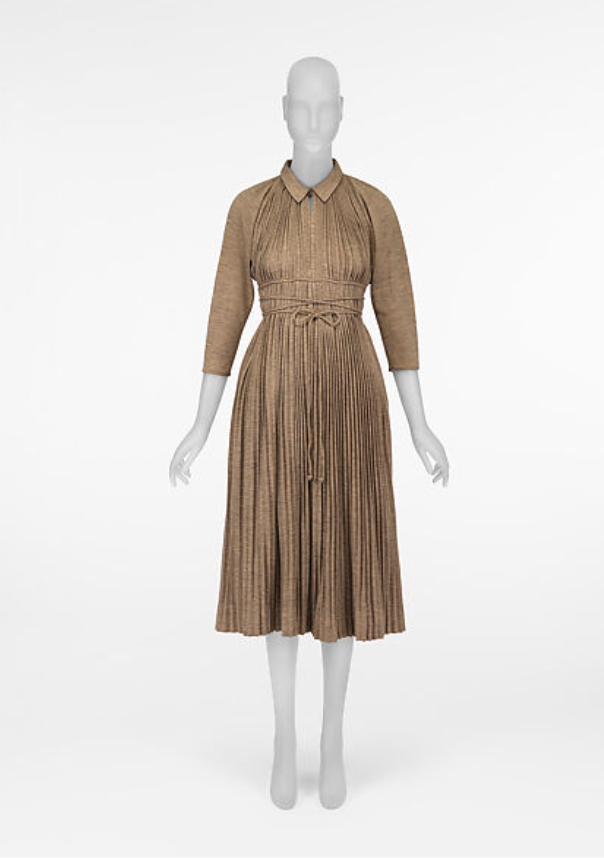
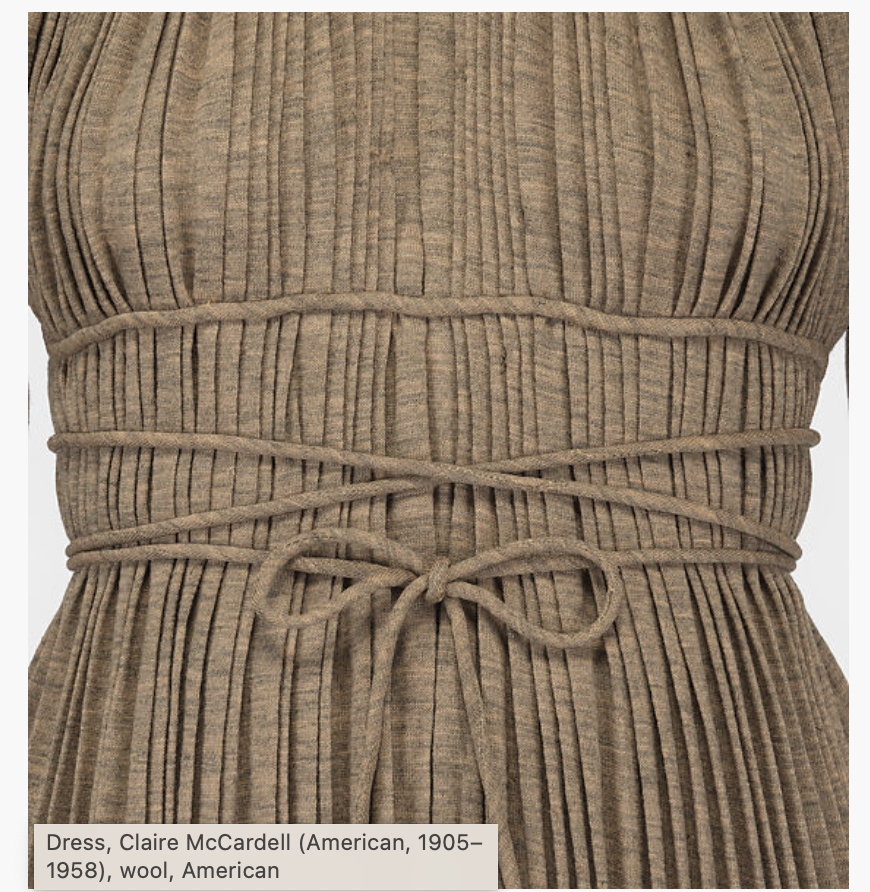
The Monastic dress, Credit: The Metropolitan Museum of Art
By the 1940s, Claire McCardell was at the forefront of a new fashion movement—one that would become known as American sportswear. At its core, American sportswear was about freedom: freedom from the constraints of traditional European fashion and freedom for women to live more active lives in clothing that accommodated their needs. This was a radical departure from the structured, formal styles that dominated the fashion industry.
World War II played a significant role in shaping McCardell’s designs during this period. With Europe cut off from the United States and luxury materials scarce due to wartime restrictions, American designers were forced to innovate with domestic fabrics. McCardell embraced this challenge, choosing materials like denim, gingham, and jersey, which were functional, durable, and affordable. Her use of these everyday fabrics made her designs accessible to a wider audience, signalling a shift away from the elitism of high fashion.
In 1942, McCardell introduced what would become her most iconic piece: the popover dress. This wrap-around dress was versatile, simple, and affordable, designed to be worn both for housework and for social outings. The idea of a dress that could seamlessly transition from the kitchen to a cocktail party was groundbreaking. For just $6.95, the popover dress offered women flexibility, comfort, and style in equal measure. More than just a dress, it was a symbol of the changing roles of women in society—no longer confined to domesticity but increasingly active in public and professional life.
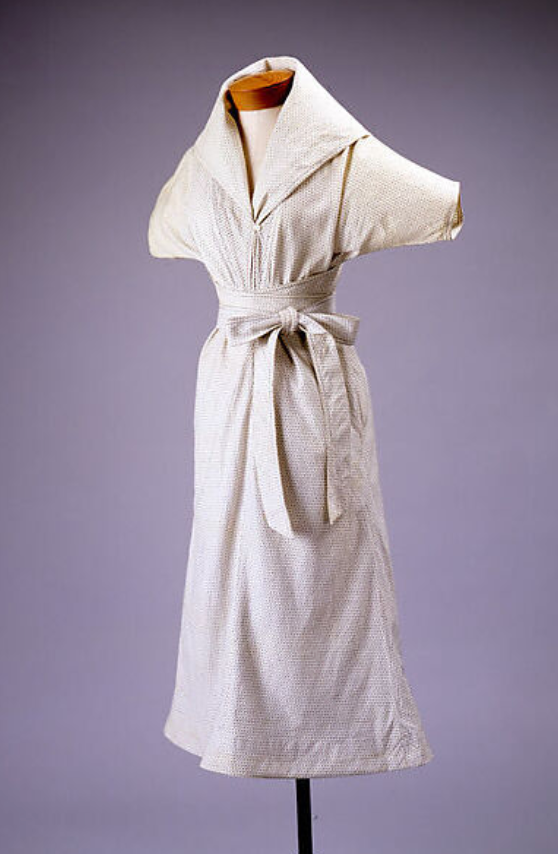
McCardell’s designs were filled with subtle yet revolutionary innovations that continue to resonate in contemporary fashion:
- Separates: McCardell was one of the first designers to introduce the idea of mix-and-match separates, allowing women to combine tops, skirts, and trousers in various ways. This modular approach to fashion was a precursor to today’s capsule wardrobe trend, which emphasises versatility and minimalism.
- Ballet Flats: Long before they became a fashion staple, ballet flats were the domain of dancers. McCardell popularised the use of these shoes in everyday fashion, offering women a comfortable and chic alternative to high heels. Today, ballet flats are a timeless wardrobe essential for women across the globe.
- Unconventional Fabrics: McCardell was a pioneer in using humble, utilitarian fabrics like denim, cotton, and wool jerseys in her designs. This broke with the fashion norms of the time, which favoured luxurious materials like silk and satin. By elevating these "every day" fabrics, McCardell blurred the lines between high fashion and casual wear, foreshadowing the rise of athleisure and casual chic in the 21st century.
- Simple Fastenings: Rather than relying on complicated closures like buttons or zips, McCardell often used ties, hooks, and belts, allowing women to adjust their clothing with ease. This functional detail was both practical and stylish, furthering McCardell’s reputation as a designer who understood the modern woman’s needs.
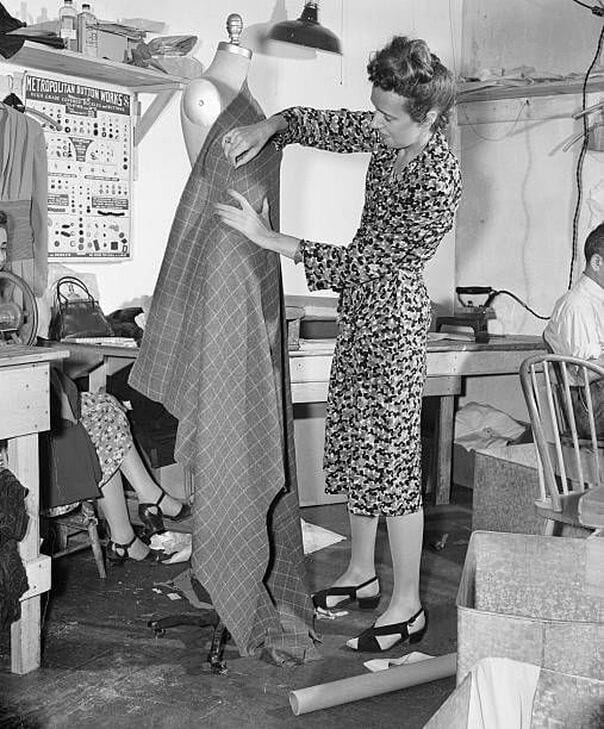
McCardell’s revolutionary approach to fashion extended beyond design; she also played a pivotal role in democratising style. At a time when high fashion was largely the domain of the elite, McCardell embraced the emerging ready-to-wear market, understanding that mass production could bring fashionable, well-made clothes to a broader audience. In 1944, she formed a collaboration with Lord & Taylor, one of America’s leading department stores, to produce affordable clothing that maintained the quality and style of couture. This partnership helped establish the concept of department store fashion, bringing high-style pieces into the wardrobes of middle-class women for the first time.
McCardell's focus on accessibility was ahead of its time, aligning with today’s fashion trends that emphasise sustainability, affordability, and timeless design. By prioritising wearability and durability, she set a new standard for how clothes should be made and marketed, ultimately influencing the rise of affordable fashion in the 20th century.
Though Claire McCardell may not have labelled herself a feminist, her work was undeniably shaped by the feminist ideals of freedom, equality, and independence. At a time when women’s clothing was often designed to restrict their movements and force them into ornamental roles, McCardell’s designs liberated them. Her clothes allowed women to move freely, dress quickly, and go about their lives without sacrificing style.
She was also acutely aware of the changing role of women in society. During the 1940s and 50s, women were increasingly joining the workforce, and McCardell understood that they needed clothing that could keep up with their dynamic lives. Her designs reflected this understanding, offering women options that were both functional and fashionable. This feminist vision of clothing as a tool for empowerment continues to resonate with today’s fashion designers, particularly in the era of gender-neutral and functional fashion.
Although Claire McCardell passed away from cancer in 1958 at the age of 52, her impact on the fashion world is still felt today. She may not have achieved the same level of fame as contemporaries like Christian Dior or Coco Chanel, but her designs laid the foundation for what we now think of as modern American style—practical, elegant, and accessible.
McCardell’s influence can be seen in the work of numerous designers who have followed in her footsteps. Michael Kors, Tory Burch, and Donna Karan all cite McCardell as a key influence on their work, particularly her emphasis on wearability and versatility. Much of today’s casual chic aesthetic, which blends comfort with style, can be traced back to McCardell’s revolutionary approach to fashion.
In recent years, there has been a renewed interest in McCardell’s work, with exhibitions like the retrospective at the Maryland Center for History and Culture shining a spotlight on her contributions to fashion history. As more people recognise the enduring relevance of her designs, McCardell is finally getting the credit she deserves as one of the most important figures in American fashion history.
Today, as women demand clothing that is both stylish and practical, Claire McCardell’s legacy feels more relevant than ever. Her vision of fashion as something that should serve women—rather than constrain them—continues to inspire designers and consumers alike. In a world increasingly concerned with sustainability and ethical production, McCardell’s focus on quality, versatility, and longevity offers a blueprint for how the industry can move forward.
Though she may not have the household name recognition of some of her contemporaries, Claire McCardell’s influence is undeniable. She was a visionary who challenged the status quo, offering women the freedom to dress for themselves. As we revisit her work in 2024, it’s clear that Claire McCardell wasn’t just a fashion designer—she was a revolutionary whose ideas about fashion continue to shape the way we dress today.





